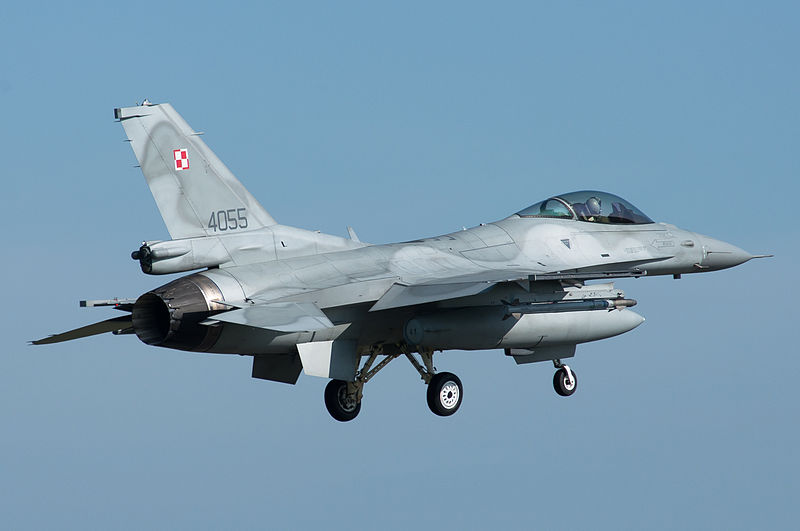 Having weathered the past five years better than most—the economy has grown by a fifth since 2009—and imposed tight spending limits on most departments, the centre-right government of Donald Tusk, re-elected in 2011, has made modernising the armed forces a priority. This year’s defence budget of $9.5 billion has grown by 7% over 2012, bringing Poland close to the 2%-of-GDP target that all NATO members are supposed to meet, but very few do.
Having weathered the past five years better than most—the economy has grown by a fifth since 2009—and imposed tight spending limits on most departments, the centre-right government of Donald Tusk, re-elected in 2011, has made modernising the armed forces a priority. This year’s defence budget of $9.5 billion has grown by 7% over 2012, bringing Poland close to the 2%-of-GDP target that all NATO members are supposed to meet, but very few do.
The defence minister, Tomasz Siemoniak, has announced that $43 billion is earmarked for military procurement to replace outdated weaponry, much of which hails from the Soviet era, over the next ten years. The share of the defence budget going on equipment will rise from 15% to 33%. On Mr Siemoniak’s shopping list is a missile-defence system, new ships for the navy, upgraded tanks, military training aircraft, 70 helicopters, unmanned aerial vehicles and better equipment for ground troops. This is part of a military overhaul that began with the end of conscription in 2009. The new all-volunteer army of about 65,000 active personnel, supported by a much larger part-time reserve, is nimbler and more deployable than its lumbering predecessor. That is crucial for the expeditionary missions that have preoccupied NATO since the cold war. . . .
Perhaps because of history, but certainly because of geography, Poles fret about the “double whammy” of declining military commitment from NATO’s European members and America’s strategic “rebalancing” towards the Asia-Pacific region. Radek Sikorski, the foreign minister, recalls Europe’s helplessness in the face of Serbian aggression in Bosnia 20 years ago. He says Europe must shoulder more responsibility for security in its own backyard as a fiscally straitened America continues to reduce its military footprint there. . . .
Mr Sikorski notes Russia’s rapidly growing defence budget—this year it will rise by more than a quarter—and the belligerent tone that Vladimir Putin’s Kremlin uses towards the West. He calls Poland’s relations with Russia “pragmatic but brittle” and, after the war between Russia and Georgia in 2008, he sees conflict in Europe as only too “imaginable. . . .”
One indication of Poland’s growing clout in NATO is the “Steadfast Jazz” training exercise, to be held in November in Estonia, Latvia, Lithuania and Poland. The biggest exercise of its kind since the end of the cold war, involving a force of about 5,000 on land, air and sea, “Steadfast Jazz” has two declared goals and an undeclared one. The first is to advance the “connected forces initiative”—NATO’s attempt to hold on to hard-won gains, made in Afghanistan, in getting different forces to work together—before the combat mission there draws to a close in 2014. The second is to test the command-and-control systems for the 13,000-strong immediately deployable element of the “NATO Response Force”—a powerful, high-readiness joint force that can either be used for out-of-area emergencies or become the first line of collective defence. The undeclared objective is to reassure those NATO members closest to Russia that Article 5 is still the bedrock of the alliance.
Yet somewhat undermining that is the fact that as many as 70% of the forces taking part will be provided by Poland, its partners from the Visegrad group (the Czech Republic, Slovakia and Hungary) and the Baltics. France will contribute 1,000 troops and Britain will send two warships. But America can spare only a company of 200 soldiers, and others are staying away entirely.
Image: Poland has made modernization of its armed forces a priority (photo: Wikipedia)
